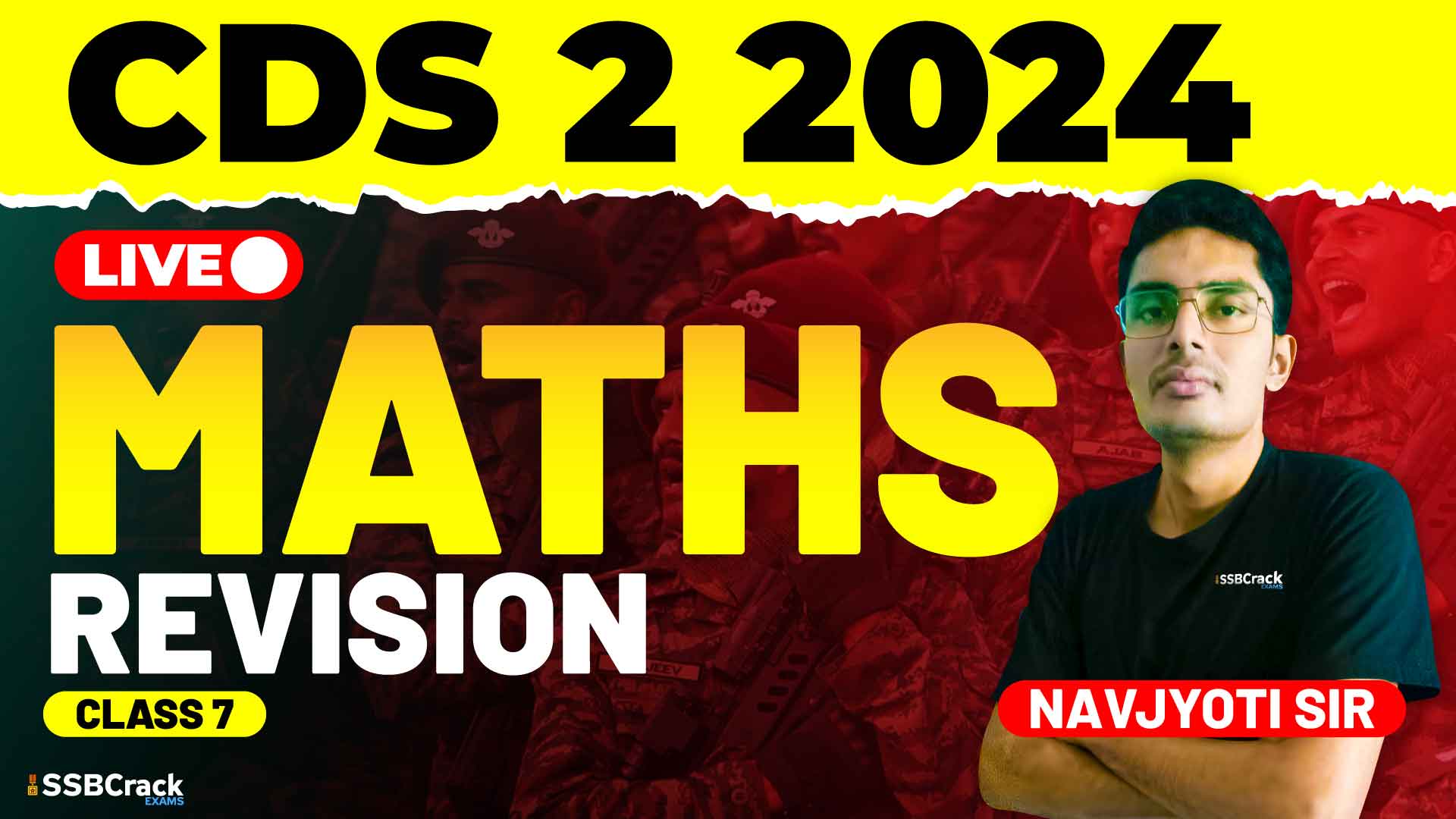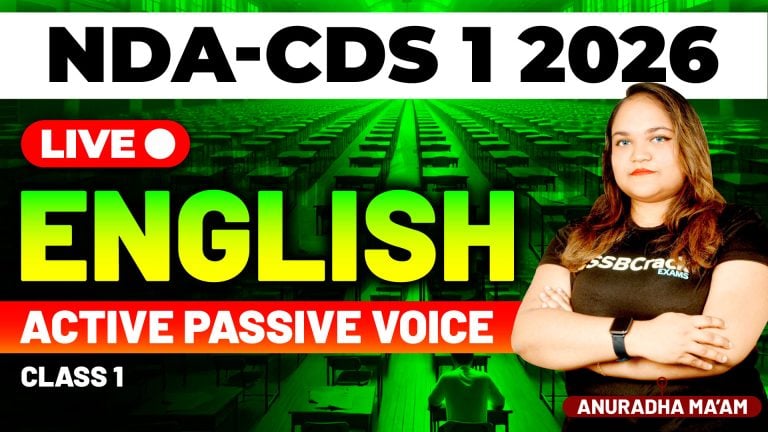The Combined Defence Services (CDS) Exam is a gateway to prestigious careers in the Indian Armed Forces. The Elementary Mathematics paper is a critical part of this exam, testing candidates’ proficiency in various mathematical concepts. Among these, Ratio and Proportion and Mensuration—specifically Area and Perimeter—are essential topics. A recent class dedicated to these topics involved a rigorous Multiple Choice Question (MCQ) practice session, equipping students with the necessary skills to excel in the exam. This article highlights the key takeaways from the class and provides strategies to tackle related MCQs effectively.
Understanding Ratio and Proportion
Ratio and Proportion are fundamental concepts in mathematics, playing a crucial role in solving a variety of problems. A ratio is a relationship between two numbers, showing how many times the first number contains the second. Proportion, on the other hand, is an equation that states that two ratios are equal.
In the CDS exam, questions on Ratio and Proportion often test your ability to apply these concepts to real-life scenarios, such as dividing a sum of money among people or comparing quantities. The key to solving these problems lies in understanding the relationship between the numbers and using cross-multiplication effectively to find the unknowns.
Mensuration: Area and Perimeter
Mensuration, the branch of mathematics dealing with the measurement of geometric figures, is another vital topic in the CDS syllabus. The class focused on the area and perimeter of basic shapes such as triangles, rectangles, squares, and circles. Understanding these concepts is essential not only for solving direct questions but also for tackling more complex problems that involve multiple shapes or require the application of ratios.
For instance, a common type of question might involve finding the area of a composite shape, which requires you to break it down into simpler shapes, calculate their areas separately, and then combine the results. Similarly, perimeter-related questions often test your ability to apply formulas in different contexts, such as finding the perimeter of a sector of a circle or the boundary of a composite figure.
Practice and Application through MCQs
The class primarily focused on practicing MCQs, a format that demands not just knowledge but also speed and accuracy. Solving MCQs effectively requires a deep understanding of the concepts and the ability to apply them quickly. The following strategies can help you excel in this area:
- Understand the Question: Carefully read the question to understand what is being asked. Identify the key information and the relationship between the quantities involved.
- Break Down Complex Problems: For problems involving composite shapes or multiple ratios, break them down into simpler parts. Solve each part step by step, ensuring accuracy at each stage.
- Eliminate Incorrect Options: In MCQs, eliminating obviously incorrect answers can increase your chances of choosing the right one. Use this technique when you are unsure about the answer.
- Time Management: Practice solving questions under timed conditions. This will help you develop the speed needed to complete the section within the allotted time while maintaining accuracy.
- Review Basic Formulas: While the exam does not test your ability to memorize formulas, having a solid understanding of the basic formulas for area, perimeter, and ratios can save time during the exam.
Strategies for Solving MCQs in the CDS Exam
The CDS exam’s objective format requires a different approach than subjective exams. Here are some additional strategies to keep in mind:
- Practice Regularly: Regular practice is essential for mastering the types of questions that appear in the CDS exam. Use previous year papers and mock tests to familiarize yourself with the exam pattern and the difficulty level of the questions.
- Analyze Your Mistakes: After practicing, take the time to review your mistakes and understand where you went wrong. This will help you avoid similar errors in the actual exam.
- Use Shortcuts Wisely: While shortcuts can save time, make sure you understand the underlying concepts before relying on them. Misapplying a shortcut can lead to incorrect answers.
- Stay Calm Under Pressure: The ability to stay calm and focused under pressure is crucial in an exam setting. Practice relaxation techniques and maintain a positive mindset to enhance your performance.
- Focus on Accuracy: While speed is important, accuracy is crucial in MCQs. It is better to attempt fewer questions with high accuracy than to rush through the paper and make mistakes.
Conclusion
Preparation for the CDS exam requires a combination of conceptual understanding, practical application, and strategic practice. The recent class on Ratio and Proportion and Mensuration provided students with valuable insights and practice opportunities, helping them build the skills needed to tackle these topics in the exam. By applying the strategies outlined in this article, candidates can enhance their chances of success and confidently approach the Elementary Mathematics paper in the CDS exam.



















